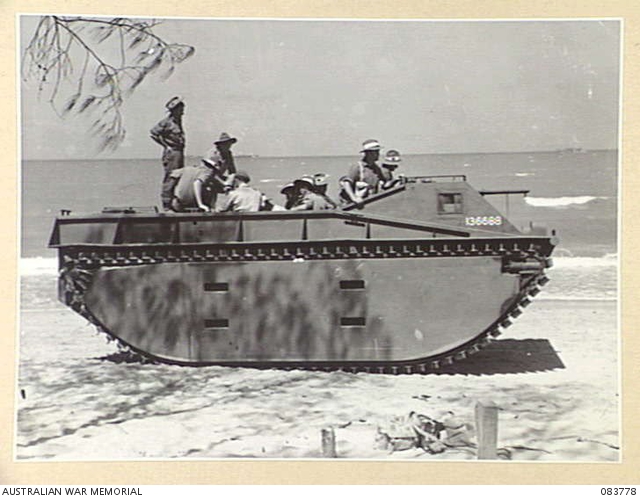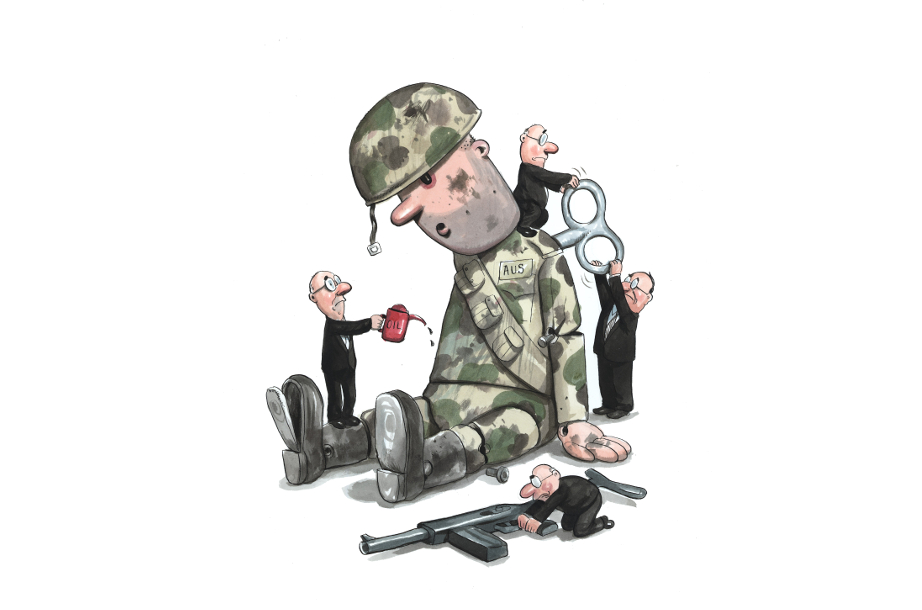Capability development—still a work in progress (2)
 In last week’s post we presented a potted summary of two of the four main areas of difficulty within the Defence capability development process identified by the Australian National Audit Office (ANAO). Today we’ll finish with the other two, and offer a few thoughts of our own.
In last week’s post we presented a potted summary of two of the four main areas of difficulty within the Defence capability development process identified by the Australian National Audit Office (ANAO). Today we’ll finish with the other two, and offer a few thoughts of our own.
We should caution that the perspectives here are necessarily in the context of the audit office report. In fairness, we’re going to talk to our friends in Defence as well, and we’ll report later on what we find. As we mentioned last week, the ANAO’s focus is very much on compliance, and is inherently rearwards looking, and we might see a different picture when we look through a different lens. But for now, on with the overview. Read more





